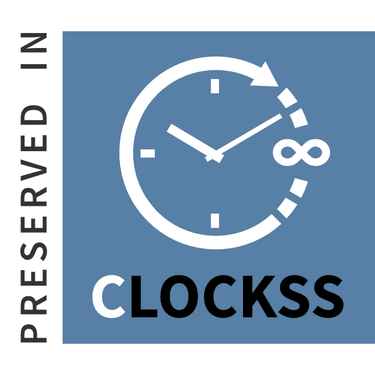Stress and Coping Strategies among Postnatal Mothers
Abstract
Background: Maternal mental health problems are globally considered as a major public health challenge. Postnatal stress affects mothers and children’s physical as well as mental wellbeing. The objective of the study is to assess stress and coping strategies of postnatal mothers.
Methods: A cross-sectional descriptive study design was carried out at Immunization clinic of Lumbini Provincial Hospital. Purposive sampling technique was used to collect data among 152 mothers. Data was collected through a structured interview questionnaire using Perceived stress scale and Brief Cope. Data analysis was done through descriptive and inferential statistics.
Results: Findings of the study revealed that 25.7% mothers had mild stress; 72.4% had moderate stress, and only 2% had severe stress. Regarding coping mechanism, mostly used coping strategies were problem focused coping strategies and 90.1% mother adopted adaptive coping. While there was statistically significant between stress and age (p=.016), residence (p=.022) and occupation (p=<.001). Likewise, there was statistically significant between coping and age (p=.003), residence (p=.045), occupation (p=.018), sex of the baby (p=.005) and living during postnatal periods (p=.023).
Conclusions: The majority of the postnatal mothers had some form of stress. However, most of the postnatal mothers managed their stress through adaptive and problem based coping strategies in their own ways. Thus, there was a prime need to pay attention for promotion of their coping strategies that definitely enhance the mental status of the postnatal mothers.
Keywords: Coping; postnatal mothers; stress.
Copyright (c) 2024 Sristi Acharya, Chandrakala Sharma, Chhabi Panthi, Amit Upreti, Apil Upreti

This work is licensed under a Creative Commons Attribution-NonCommercial 4.0 International License.
Journal of Nepal Health Research Council JNHRC allows to read, download, copy, distribute, print, search, or link to the full texts of its articles and allow readers to use them for any other lawful purpose. Copyright is retained by author. The JNHRC work is licensed under a Creative Commons Attribution-NonCommercial 4.0 International (CC BY-NC 4.0).












